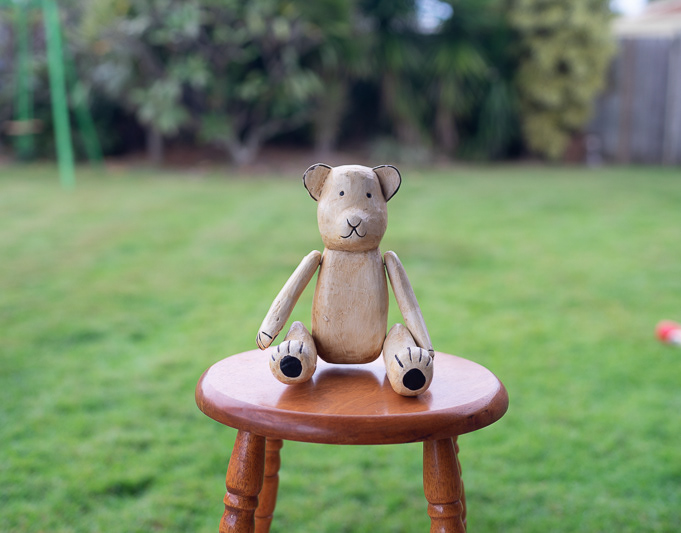Which focal length is best for portraiture? Which focal length flatters your subject and which doesn't? One focal length will work better for environmental portraiture whilst another works better for a head and shoulders shot.
Once again all images were shot on M43 (Micro Four Thirds) but I have added the equivalent focal length of each format. The DOF however would be shallower for each of the other formats when using the same aperture that these have been shot at. APSC (Crop) by one f-stop and FF (Full Frame) by two so do keep this in mind when viewing.
12mm M43 (16mm APSC and 24mm on FF)
Not very flattering when shot close up but perfect for an environmental portrait as shown in the examples.
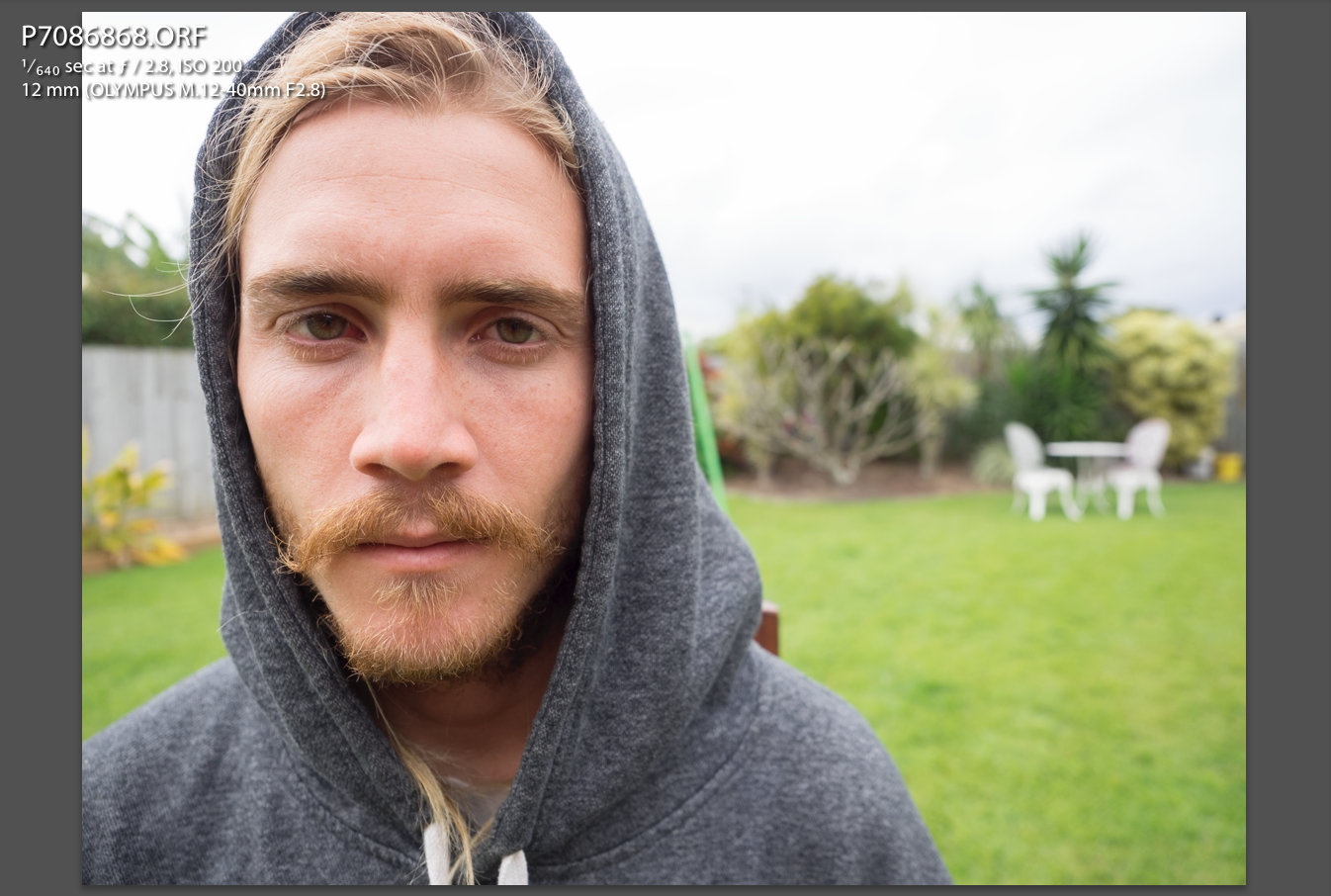
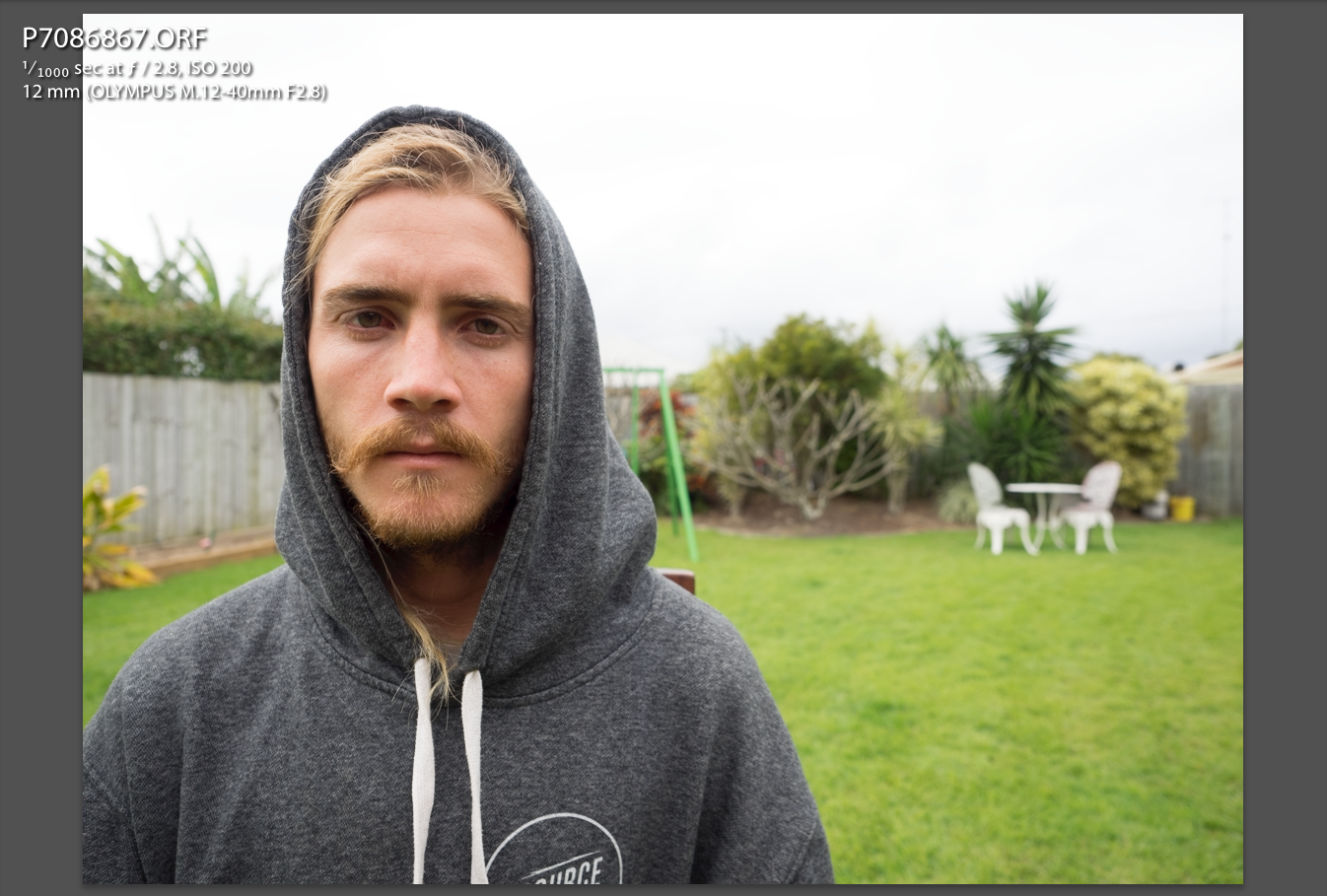
12mm examples


25mm M43 (35mm APSC and 50mm on FF)
No compression or major distortion at this focal length as it's considered a 'normal view'. Works for close up portraiture but with no compression it doesn't tend to flatter the subject like a longer focal length would. With a fast aperture the background is starting to offer some separation for a close headshot.
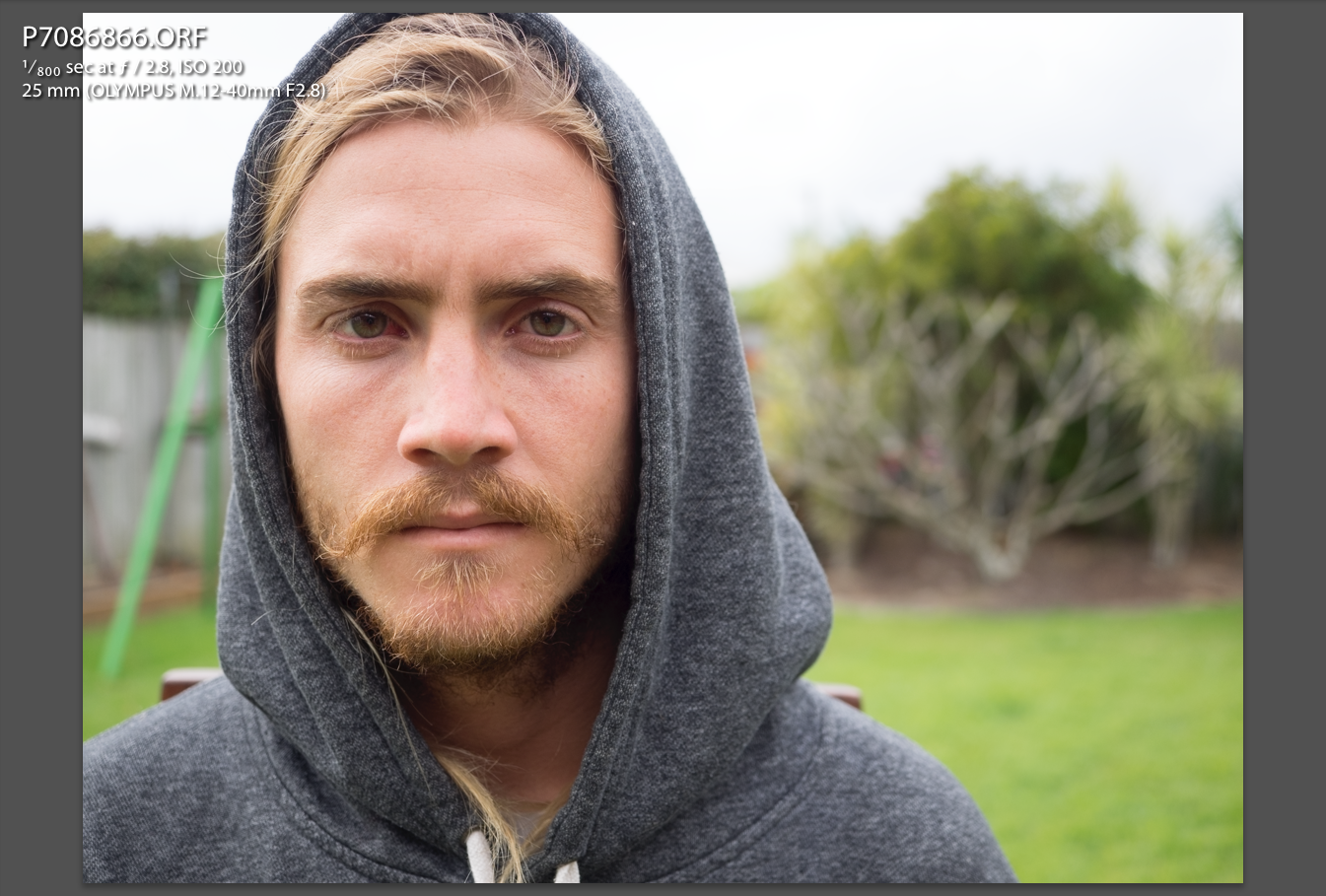
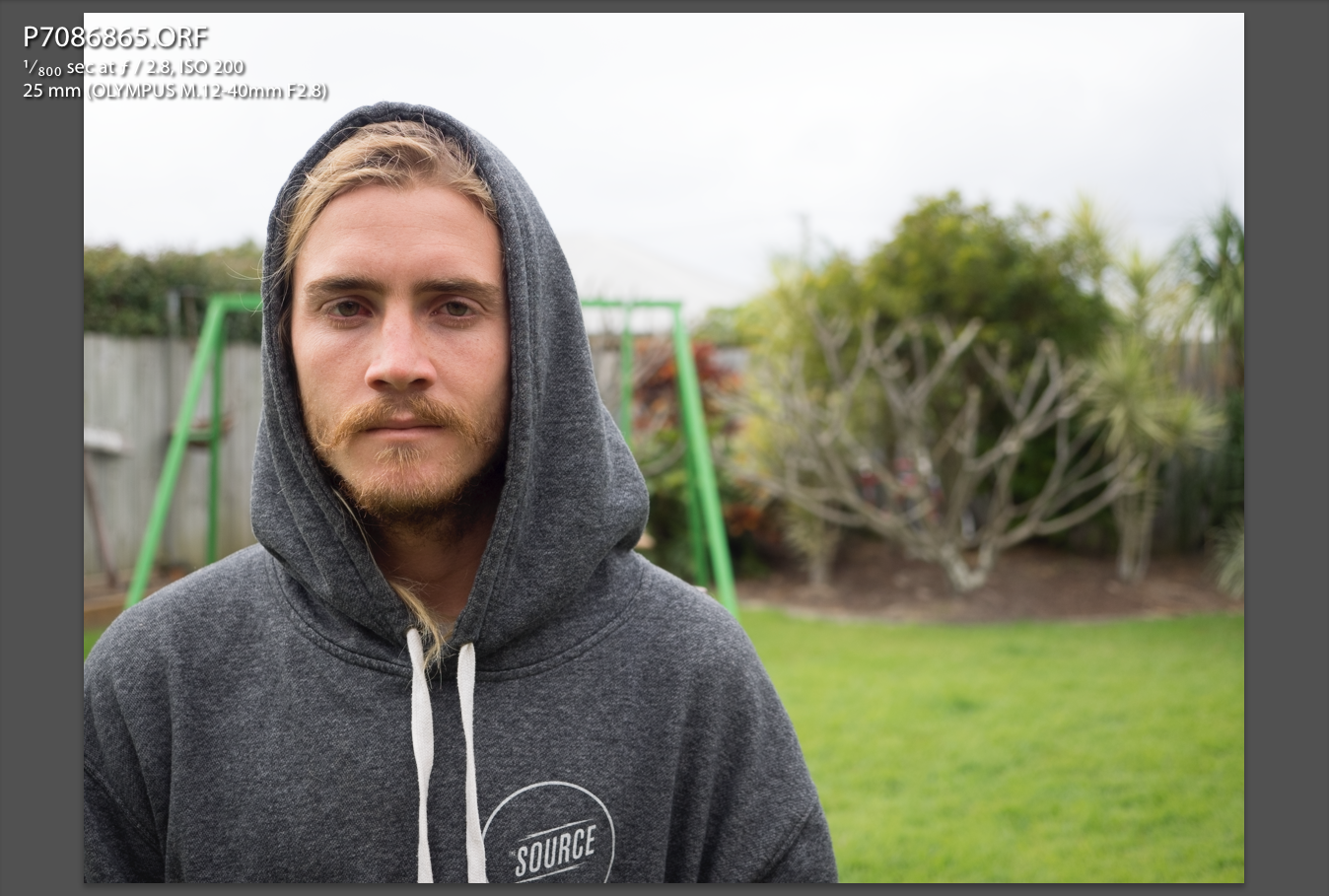
25mm Examples
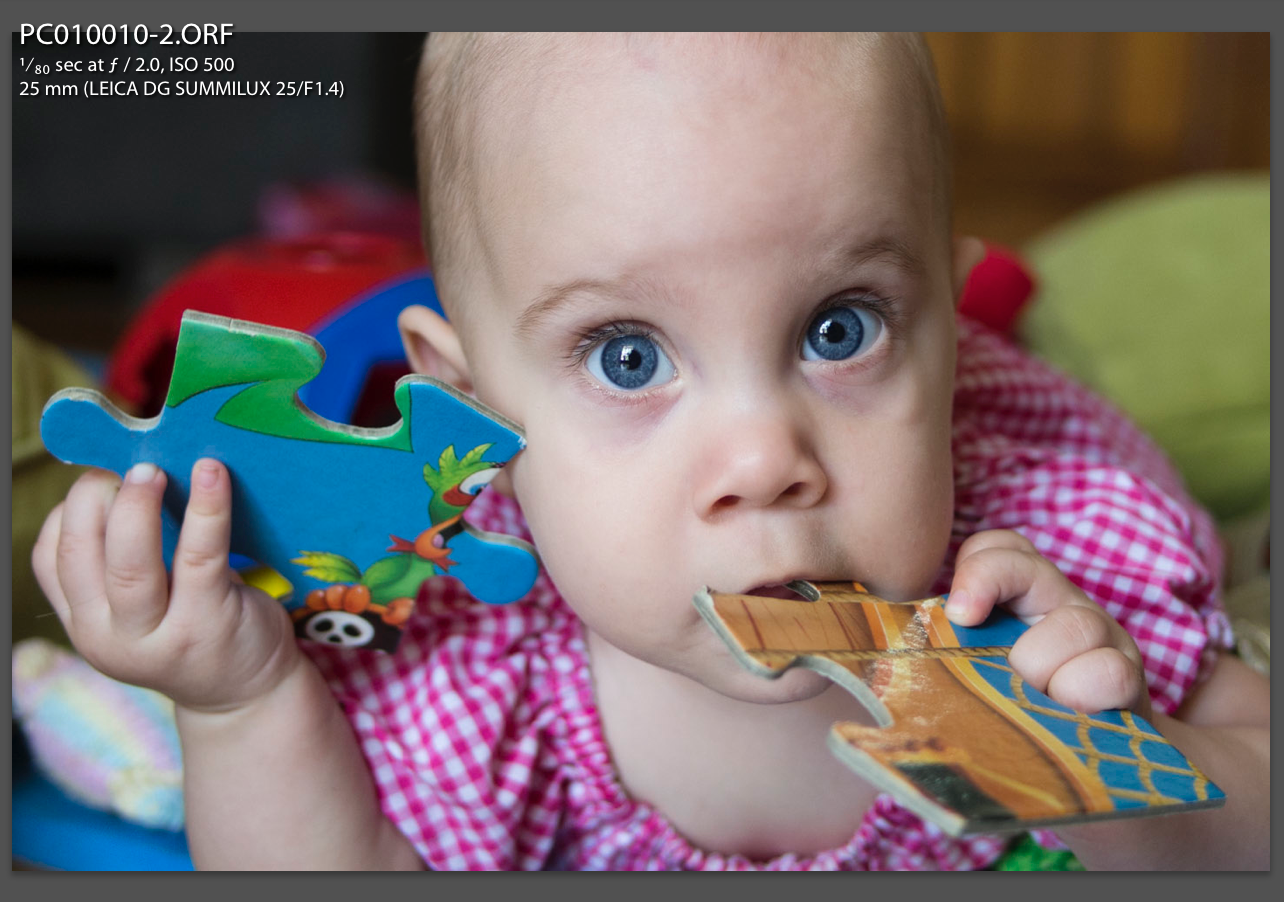
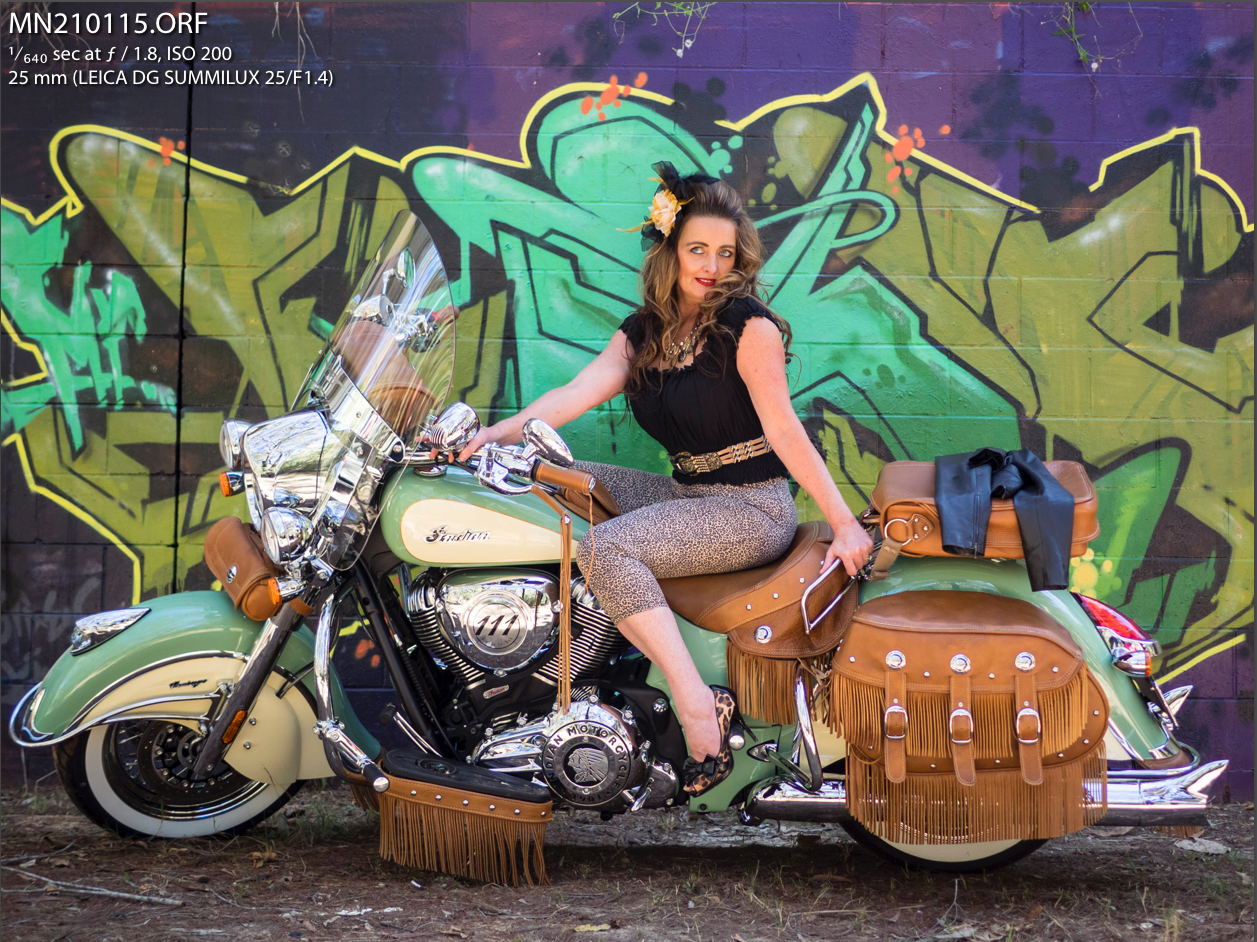
45mm M43 (60mm APSC and 90mm on FF)
The subjects face now has a more flattering look due to the compression offered by the longer focal length. The tighter headshot is also showing more separation thanks to the large aperture and even the looser headshot is now showing some separation due to the focal length and compression of the lens. It is easy to see why this is a preferred focal length for portraiture work. An 85mm prime lens is a well know portrait length lens for a FF camera.

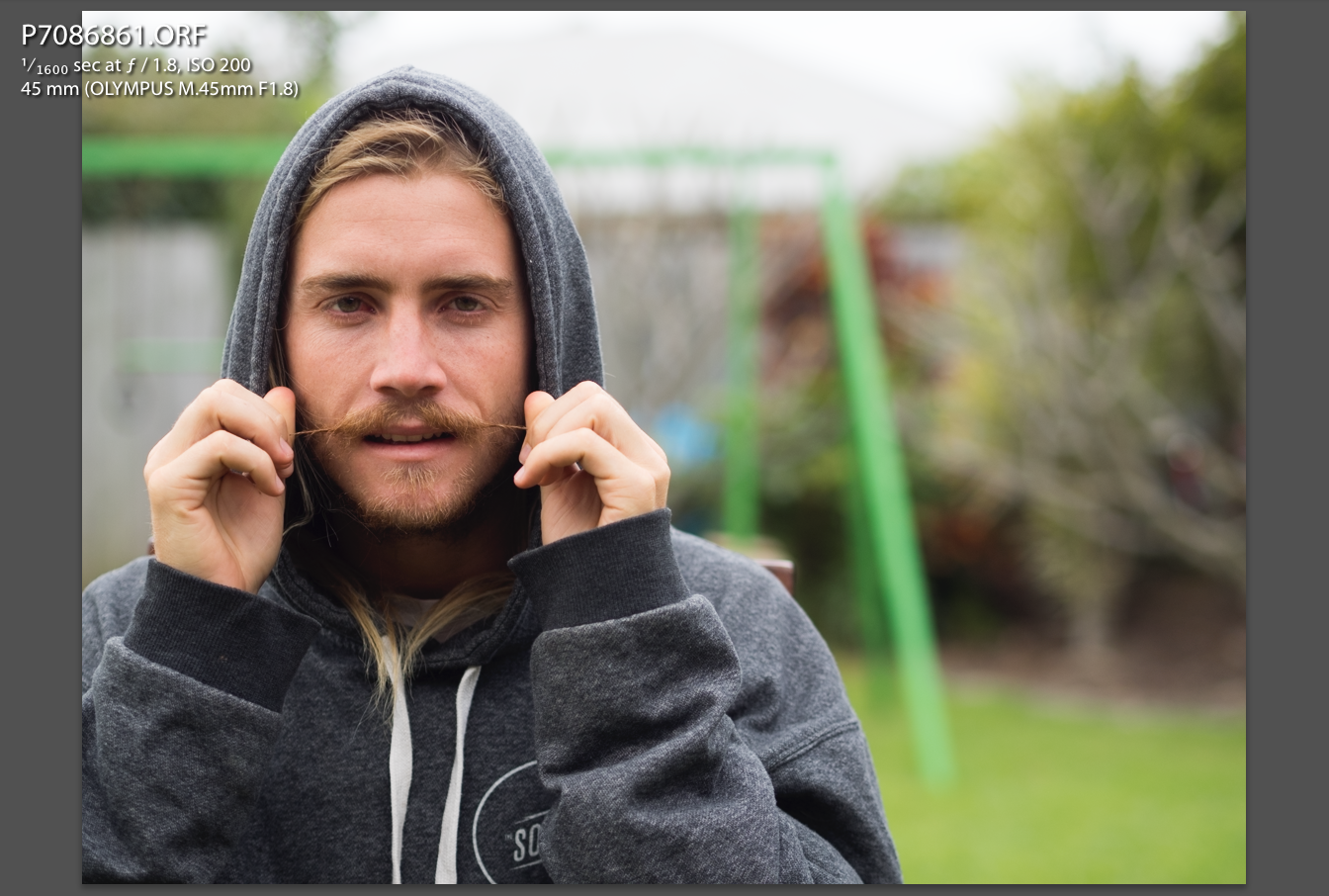
45mm Examples

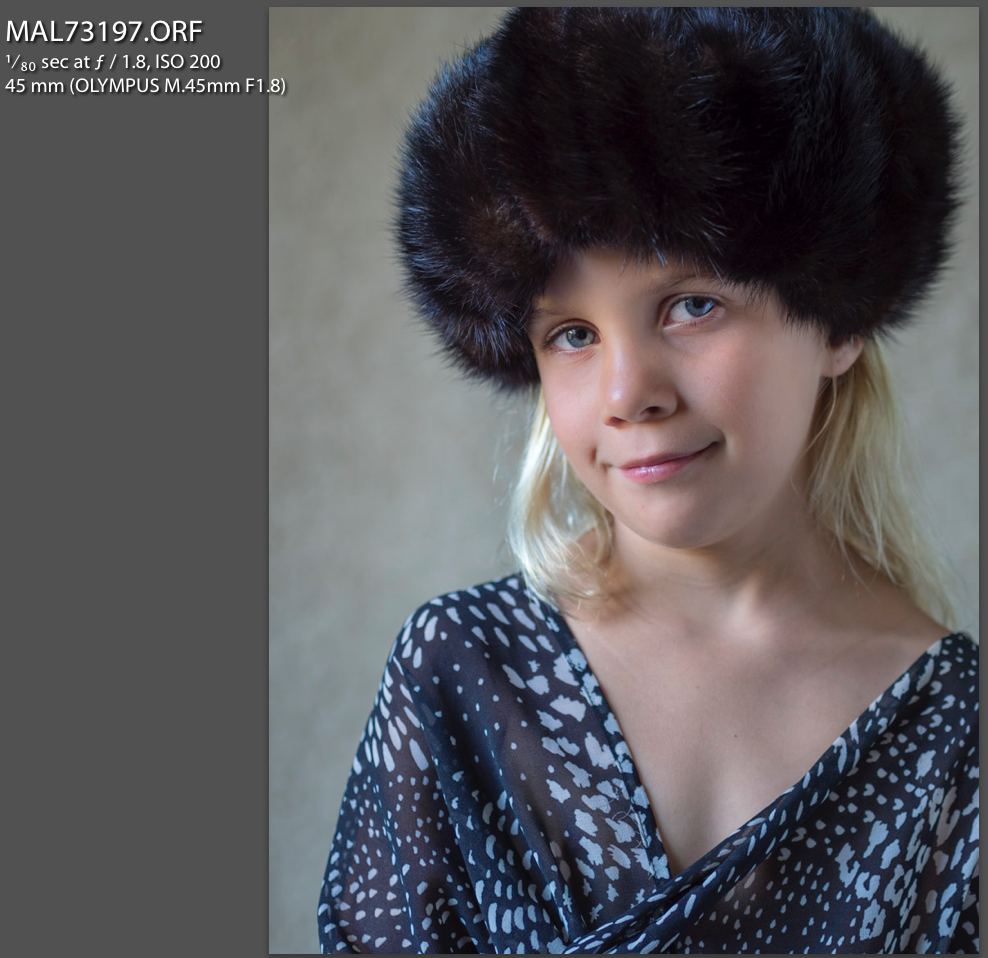
75mm M43 (100mm APSC and 150mm on FF)
A nice amount of compression on the subject for a close up image and the field of view has become much narrower. With a shallow DOF the subject separation is even more pronounced and helps him to become the focal point of the image. Whilst the equivalent focal length for a FF camera is 150mm to match this 75mm M43 focal length the FF 135mm lens would more likely be used than the equivalent length shown here. A larger working space is required due to the focal length of the lens and some photographers will find the distance a little far when wanting to instruct the subject as it is less intimate which can be preferred by others.
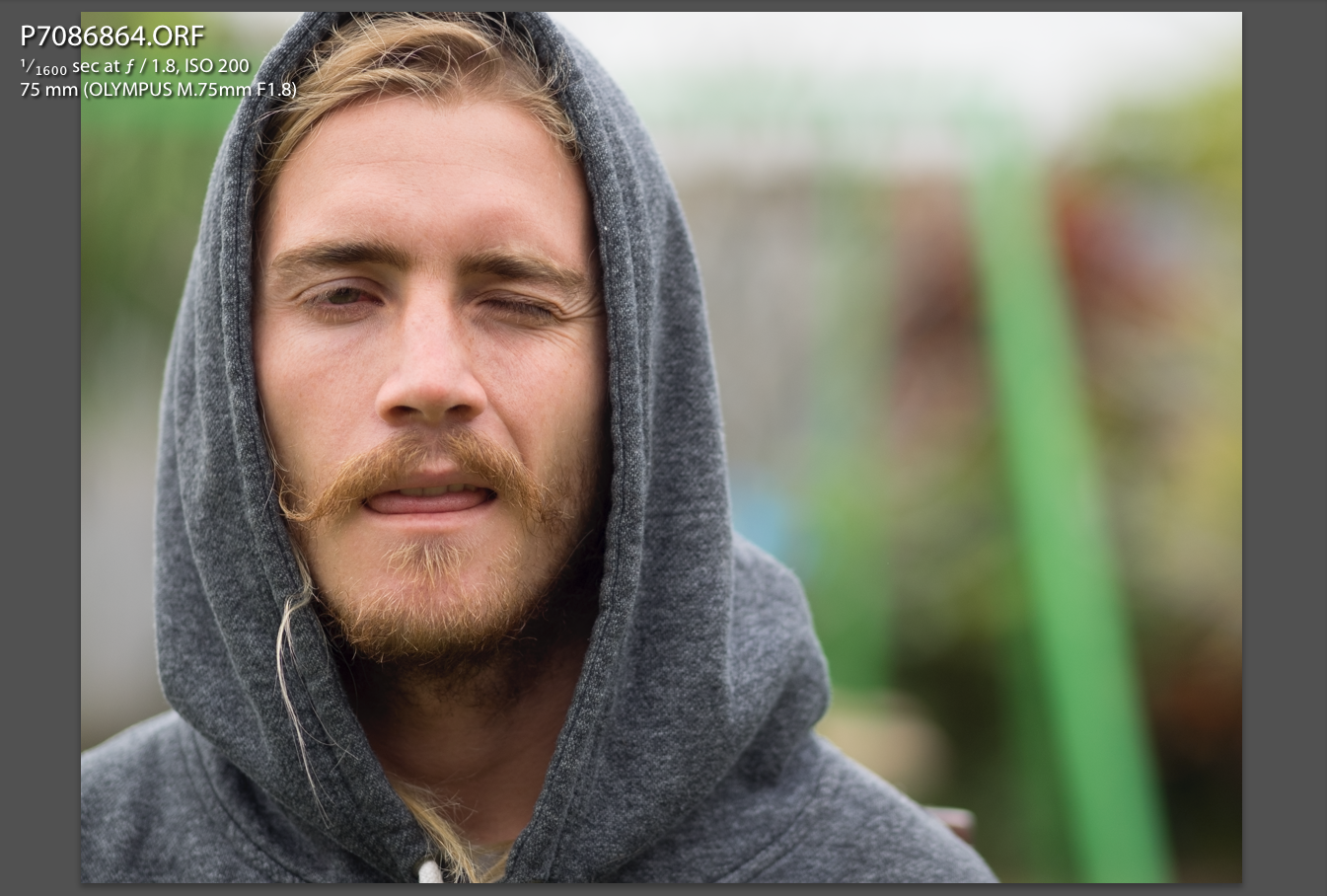

75mm Examples


100mm M43 (150mm APSC and 200mm on FF)
Currently becoming a popular focal length for portrait work but the strong compression can start to flatten the face a bit too much for some photographers. The working length can become more difficult unless you have a very large studio and even outdoors in an area with other people you may find people walking through your shoot due to the distance from you to the subject. Wanting to communicate instructions to the subject at this distance may result in a photographer using sign language, hand movements and waves.


100mm Examples


All the Close portraits showing the field of view, distortion and/or compression created by each focal length. The difference is more obvious when viewed like this and it's easier to understand why a longer focal length is used for a close up portrait.
All the Far portraits again showing the changes due to focal length of the lens.
The focal length of the lens is an artistic choice depending on what you wish to convey with your portrait. Whilst a wide angle lens will be the choice for an environmental portrait, a longer focal length with a narrow field of view shot with a fast aperture might be preferred to make your subject pop out of a muted or busy background.
The choice is yours.

